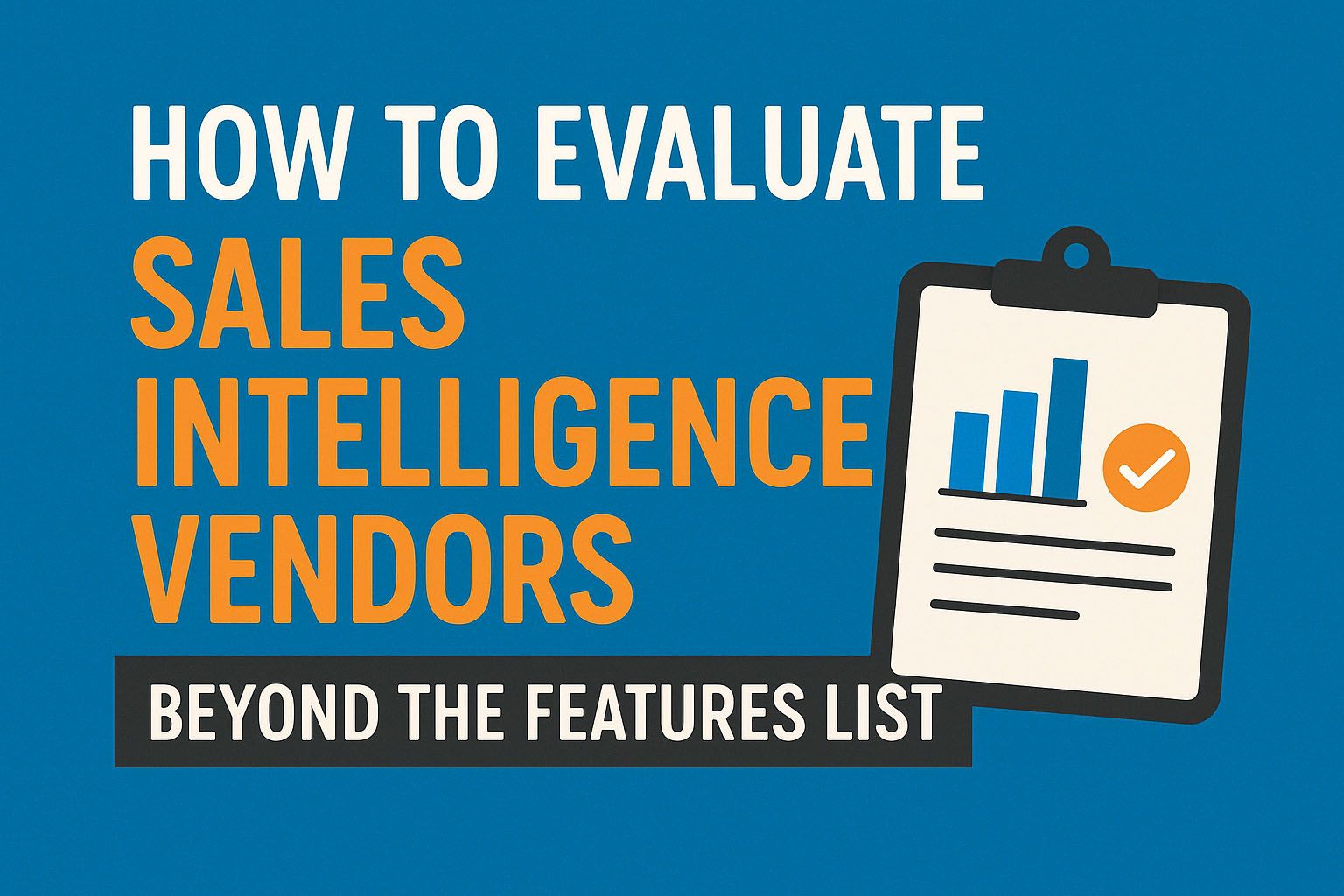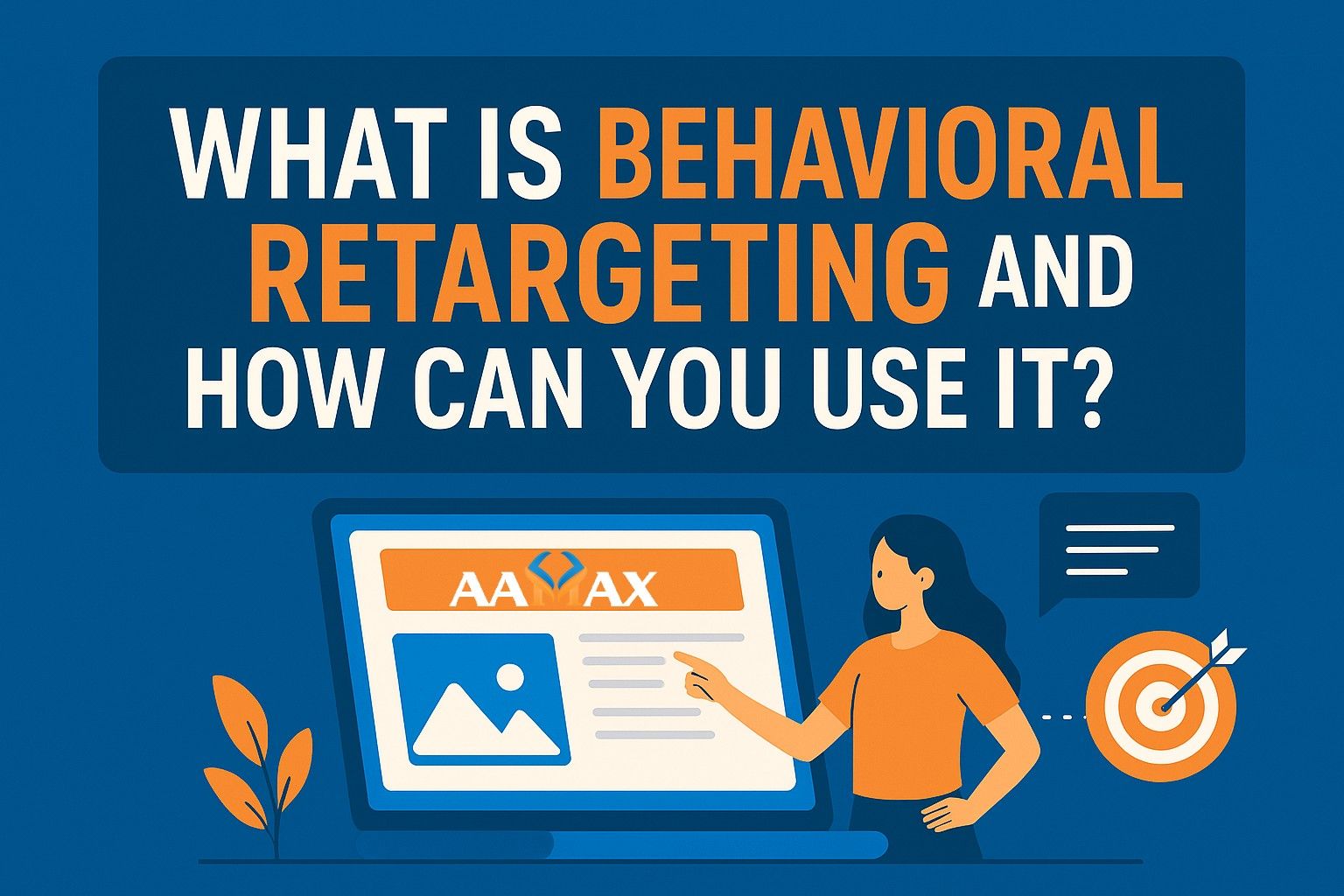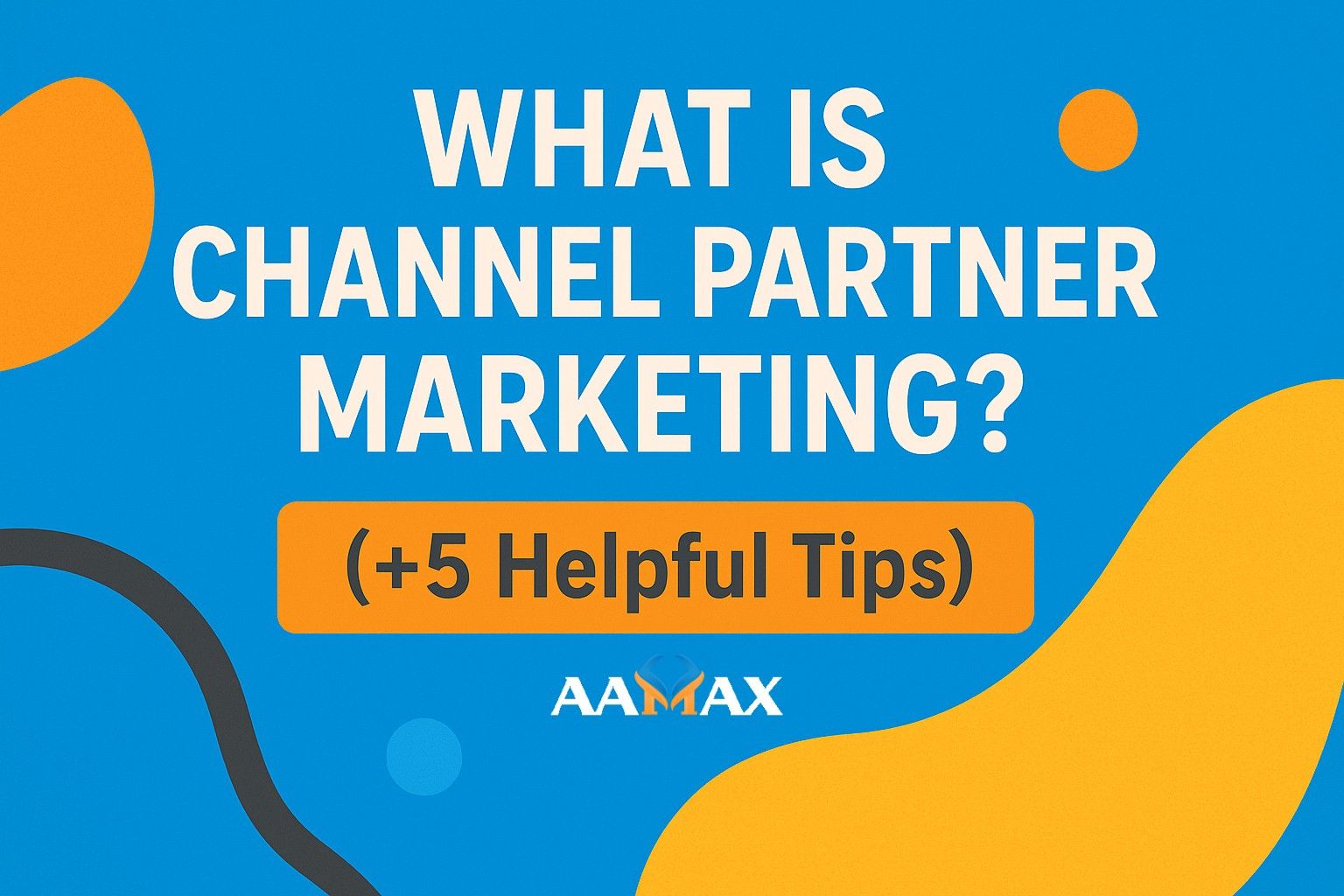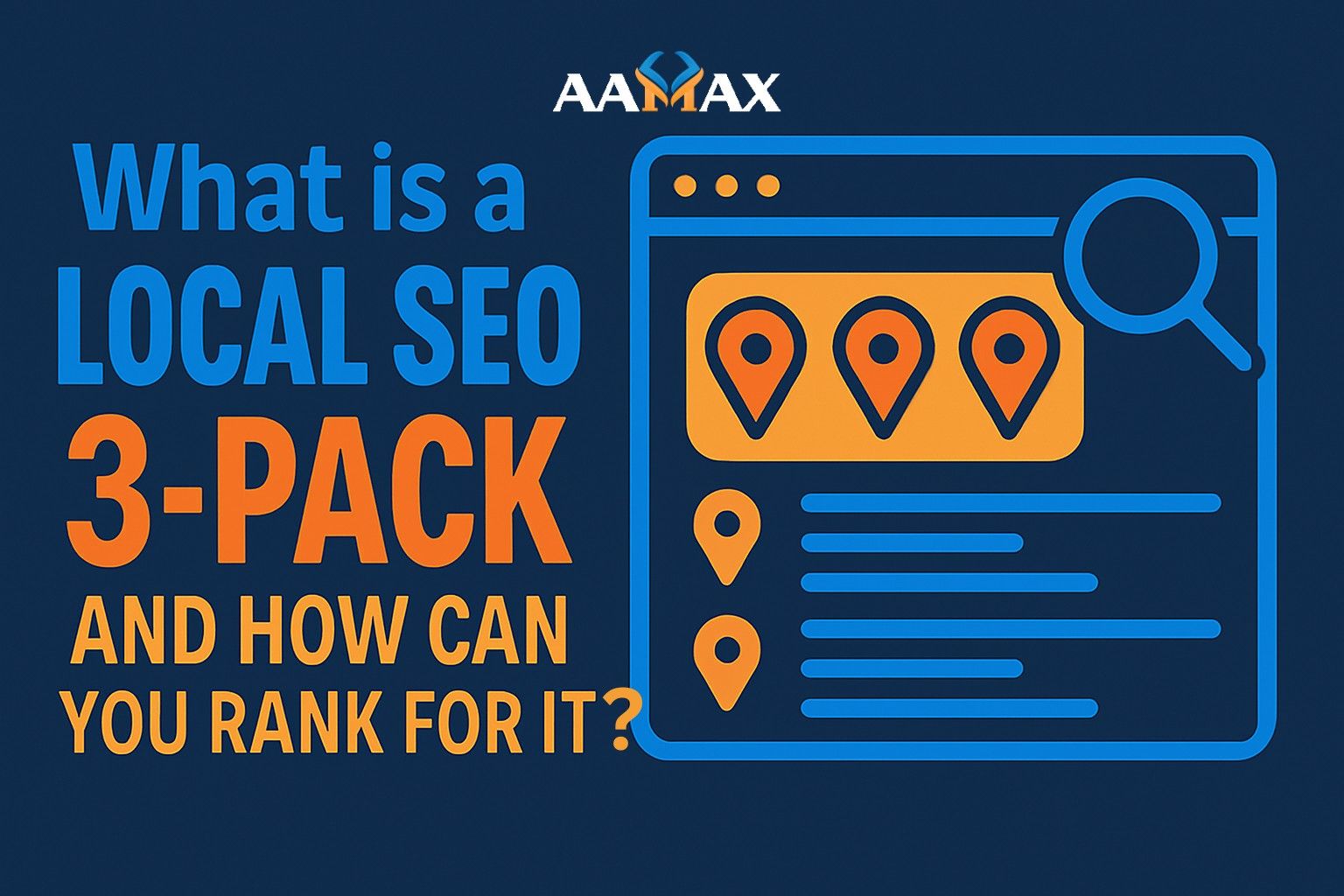
How to Evaluate Sales Intelligence Vendors: Beyond the Features List
Choosing the right sales intelligence vendor can feel like navigating a maze.
On the surface, most platforms promise the same things: better data, smarter prospecting, more pipeline. But if you’ve ever been in the middle of a vendor evaluation, you know how quickly the comparison turns into a grid of checkboxes and feature lists.
That’s where many teams make their biggest mistake.
The truth is, a feature match doesn’t guarantee success. What really determines whether a tool delivers ROI is harder to see: the accuracy of its data, how seamlessly it integrates into your workflows, and whether the vendor is a partner you can trust long term.
With dozens of options on the market, buyers need a framework that goes beyond surface-level comparisons and digs into the criteria that actually drive results.
This guide will walk you through that process, helping you evaluate sales intelligence vendors with confidence, clarity, and a sharper eye for what truly matters.
The Trap of Feature-First Decisions
When teams begin shopping for a sales intelligence tool, the instinct is almost always the same: line up the top vendors, build a feature comparison chart, and check off who offers what. It’s a natural step. After all, when budgets are tight and sales pressure is high, it feels logical to compare functionality at face value.
The problem is that features rarely tell the whole story. Just because a platform lists “real-time data enrichment” or “AI-powered lead scoring” doesn’t mean those capabilities will perform the way you expect in your environment. In fact, many sales teams discover too late that their chosen vendor’s dataset has gaps in their industry, or that the “seamless integration” promised in the demo turns into months of IT headaches.
Focusing solely on features often leads to underestimating critical real-world challenges like data quality, compliance, and user adoption. This frequently results in tools that appear promising on paper but fail to deliver practical results.
Therefore, a more intelligent evaluation process must go beyond marketing hype and critically assess accuracy, transparency, and scalability.
Criteria That Actually Matter
Sales leaders and RevOps teams need to look beyond feature comparisons when evaluating sales intelligence vendors. The real focus should be on factors that directly influence pipeline health and long-term usability.
Here are five key criteria that differentiate strong sales intelligence vendors from those that merely impress in a demonstration.
Data Quality & Coverage
The dataset is the core of any sales intelligence platform. Even with a sophisticated interface, an outdated, incomplete, or irrelevant dataset will hinder your team's performance. It's crucial to examine the vendor's data sources, refresh frequency, and coverage across industries, geographies, and decision-maker levels relevant to your business.
Compliance & Security
With stricter data privacy regulations such as GDPR and CCPA, sales teams face increased risks. It is crucial to choose a vendor that prioritizes compliance and transparency in its data collection methods. Non-compliance can jeopardize your company's reputation and revenue. Therefore, always inquire about the vendor's procedures for handling consent, opt-outs, and data security.
Integration & Workflow Fit
Data, however excellent, is ineffective if inaccessible to your team in their workflow. Top sales intelligence vendors offer seamless integration with CRMs, marketing automation platforms, and sales engagement tools. Beyond just checking for integrations, assess their robustness; a cumbersome connection needing constant manual intervention will hinder, not help, efficiency.
Scalability & Flexibility
Your sales strategy is dynamic and will likely change significantly within two years. Therefore, it's crucial that your vendor can scale alongside your evolving team and go-to-market strategies. Look for a platform that offers customization, API access, or modular features that can adapt to your growing needs.
Vendor Support & Partnership
Lastly, remember the importance of human support. A vendor that offers a responsive support team and is dedicated to a partnership can significantly impact user adoption and long-term value. Seek out case studies, customer testimonials, or service-level agreements as evidence of the vendor's commitment to their promises.
The Role of Trust and Transparency
Transparency is a crucial, yet often overlooked, factor when evaluating sales intelligence vendors.
Given that these providers manage your business's valuable data, a lack of clarity in their sourcing, validation, and maintenance methodologies means you're risking your pipeline on blind trust.
The most reliable vendors are open about their processes. They will specify data refresh rates, the origins of enrichment signals, and how inaccuracies are corrected. Instead of merely claiming to have the "largest" or "most accurate" database, they'll substantiate their claims with verifiable metrics, sample tests, and customer case studies.
This focus on accountability is why many teams are running a ZoomInfo vs. alternatives comparison, seeking providers who demonstrate genuine responsibility in their data practices, beyond just features. Vagueness or evasiveness from vendors regarding these details should be seen as a red flag.
Building a Vendor Scoring Framework
Once you’ve identified the factors that matter, the next step is to create a structured way to evaluate each vendor. Otherwise, it’s easy to get lost in subjective impressions from demos or persuasive sales reps.
A simple vendor scoring framework can keep the process grounded.
Start by weighting each criterion based on your team’s priorities. For example, if compliance is non-negotiable in your industry, give it a heavier score. If your reps live inside Salesforce or HubSpot, integration strength should rank near the top. Assign a scale (e.g., 1 to 5) to each category, and score vendors consistently across the board.
It also helps to differentiate between “must-haves” and “nice-to-haves.” A must-have might be GDPR compliance or direct CRM sync, while a nice-to-have could be advanced analytics dashboards. By ranking them separately, you’ll avoid being dazzled by extra features that don’t impact daily sales workflows.
Finally, don’t skip pilot testing. A short trial with real reps in real workflows often reveals what no demo can show, how reliable the data truly is, and whether adoption feels natural or forced. A scoring framework combined with pilot validation ensures you’re not just picking a vendor that looks good on paper, but one that drives measurable value in the field.
Turning Comparisons Into Confident Decisions
Selecting a sales intelligence vendor isn’t just a matter of who offers the most features or the lowest price. Those details are surface-level. What separates the tools that drive consistent pipeline growth from those that end up unused is deeper: the accuracy of the data, the transparency of the vendor, and the fit with your team’s workflows.
By moving beyond the feature grid and applying a structured evaluation framework, you give your team the best chance at choosing a partner that delivers long-term ROI. It’s not about chasing the shiniest platform. It’s about aligning with a vendor that proves their value through trust, compliance, and measurable results.
The next time you’re weighing your options, remember that confidence comes from clarity. With the right evaluation process, you’ll cut through the noise, reduce risk, and invest in a tool that your sales team can rely on to win more deals.


![What Is An Email Agency, & What Do They Do? [Guide + Examples]](https://res.cloudinary.com/dmkou0hmb/image/upload/v1759314210/What_Is_An_Email_Agency_and_What_Do_They_Do_Guide_Examples_e9e649acc2.jpg)



